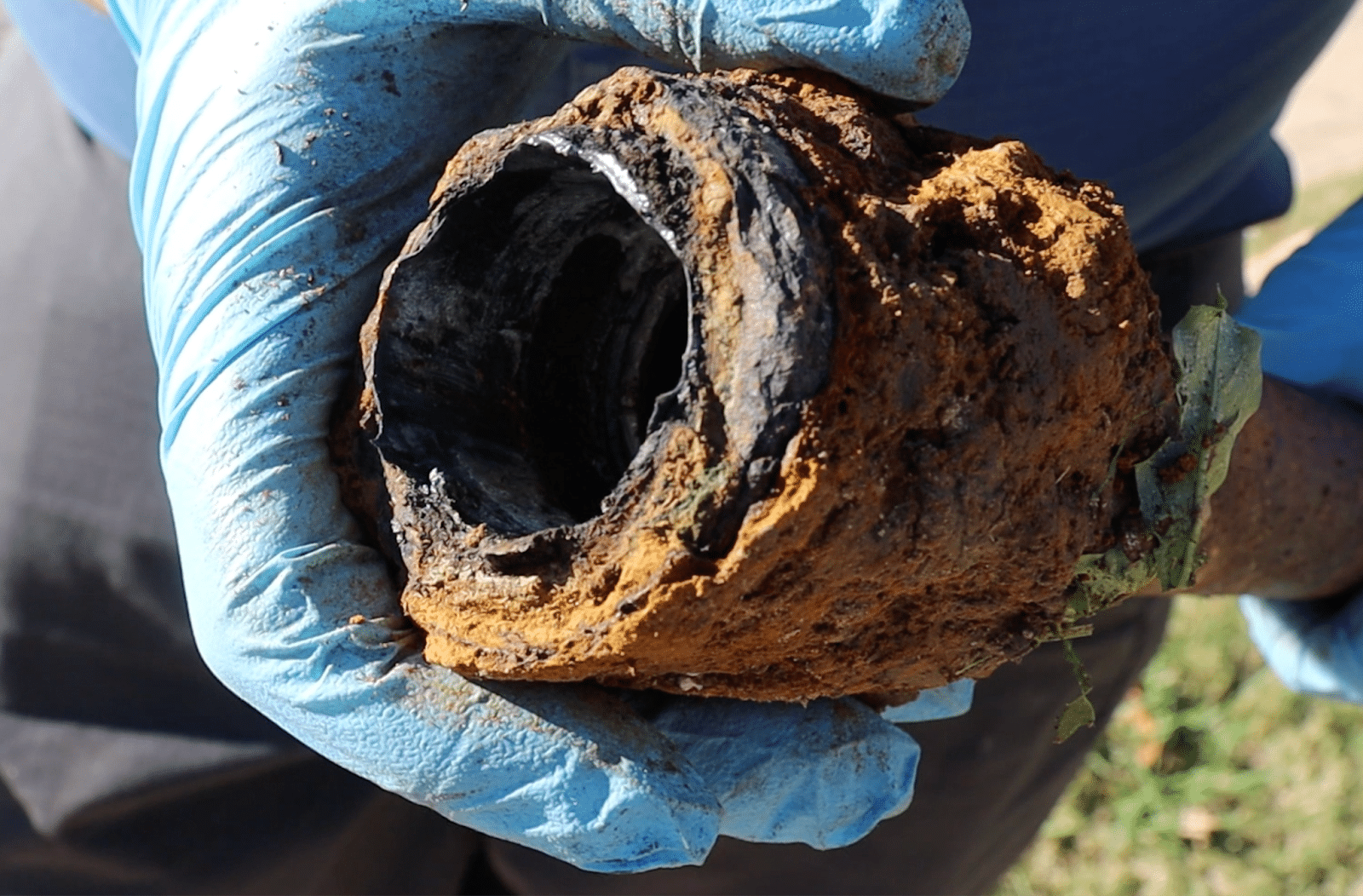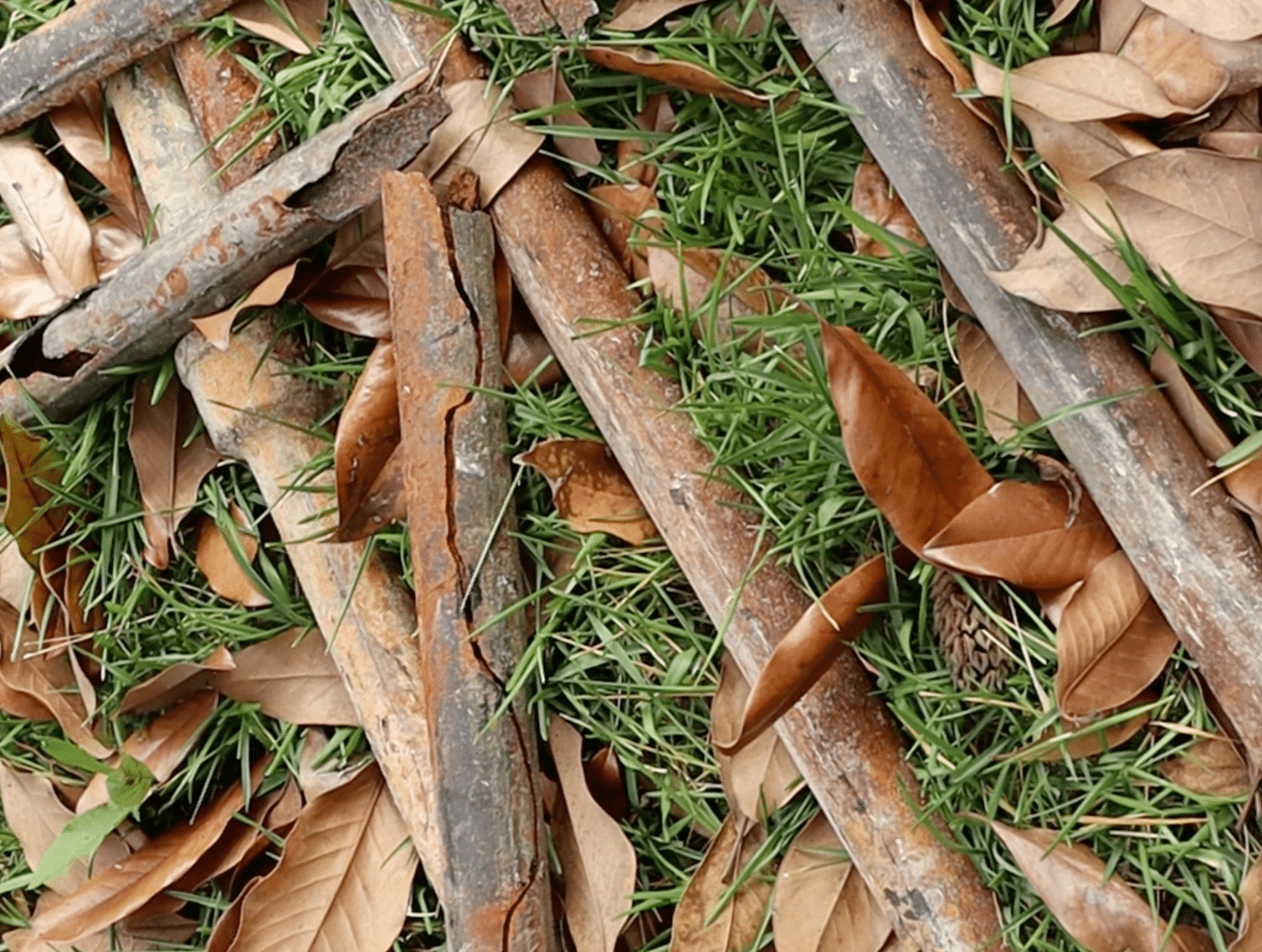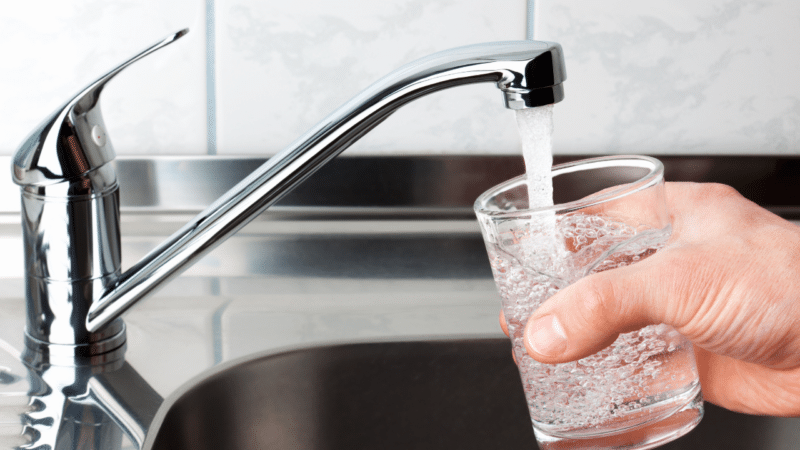In this article…
- What Is Channel Rot? Common Causes
- How to Fix Channel Rot
- Can Channel Rot Be Prevented?
- Other Frequently Asked Questions About Channel Rot
- Does My Cast Iron Plumbing Have Channel Rot?
If your home was built before the 1980s, chances are you may have cast iron plumbing.
While cast iron was once the gold standard for durability, time and constant water exposure can take a toll, leading to a common issue known as channel rot.
This type of corrosion forms along the bottom of cast iron pipes, weakening them and eventually causing leaks, blockages, and even structural damage beneath your home.
Channel rot is an unseen issue that can lead to your entire plumbing system failing, which is why it’s important to understand what it is and how to address it, which is exactly what we’ll explore here in this article.
Jim’s Plumbing Now has been the expert plumbing choice for Dallas and Fort Worth homeowners with over two decades of experience in Texas plumbing.
Cast iron plumbing is very common in the DFW area, and it’s no stranger to our team of licensed plumbers. We know that if you suspect a leak in your drain system below the foundation, you want to truly understand why.
So, before having a professional plumber inspect your home, it’s helpful to know what the potential problem may be (like channel rot) so you are better educated and can avoid being taken advantage of by a potentially shady plumber.
This article will detail what channel rot is, how it occurs, common causes, if it can be prevented, and more.
Then, you’ll have a better understanding of what’s potentially causing your plumbing issues and know how to address them properly.
What is Channel Rot? Common Causes

Channel rot is a specific type of corrosion that occurs when the bottom of a cast iron pipe deteriorates due to prolonged exposure to water, waste, and chemicals.
Over time, the constant flow of water—especially acidic or mineral-rich water—erodes the inside of the pipe, creating a deep groove or “channel” along the bottom.
As the corrosion worsens and wears on the cast iron, the pipe weakens, leading to leaks and potential foundation issues.
Some common causes of channel rot include:
- Water Composition: High acidity, hard water, and certain chemicals can accelerate corrosion.
- Age of Pipes: Older cast iron pipes (typically over 40 years old) are more susceptible.
- Frequent Blockages: Clogs can cause standing water, which increases deterioration.
- Improper Drainage: Slow drainage or pooling water accelerates wear on the bottom of the pipe.
- Environmental Factors: Moisture-rich soil surrounding underground pipes can contribute to external corrosion.
Does Channel Rot Only Affect Cast Iron Plumbing?
Yes, channel rot is a problem unique to cast iron plumbing due to its material properties.
While other materials like PVC and copper can experience wear and damage over time, they do not develop the same type of bottom-up corrosion that is characteristic of cast iron pipes.
How to Fix Channel Rot
Unfortunately, channel rot is not reversible. Once the metal has corroded, the structural integrity of the pipe is compromised. However, a few solutions exist to address the problem.
Once channel rot has set in, there are three common ways to repair the plumbing.
1. Spot Patching or Epoxy Lining
If the damage is minor, plumbers can sometimes apply an epoxy coating inside the pipe to reinforce it. However, this is usually a temporary fix.
2. Pipe Relining
A more durable solution, pipe relining involves inserting a resin-coated liner inside the existing pipe to create a new, smooth surface. This method works well for moderate corrosion but may not be viable for severely damaged pipes.
3. Full Plumbing Replacement
In cases where the pipe is extensively corroded or collapsed, replacing the cast iron with modern PVC piping is the best long-term solution.
If your cast iron plumbing is very old, chances are this will be the only solution to repairing your plumbing.
Can Channel Rot Be Prevented?
While cast iron plumbing will eventually wear down, there are several steps you can take to slow channel rot and extend the life of their pipes.
Here are a few tips to keep in mind if you have cast iron plumbing that isn’t rotted yet.
- Routine Inspections: Have a licensed plumber inspect your pipes regularly to catch early signs of corrosion.
- Proper Drain Maintenance: Avoid flushing grease, harsh chemicals, and non-biodegradable items down the drain.
- Water Softening: If your home has hard water, consider installing a water softener to reduce mineral buildup. Hard water can speed up the process of channel rot.
- Drain Cleaning: Professional drain cleaning can help remove corrosive buildup and prevent blockages that accelerate deterioration.
- Replace Aging Pipes: If your home still has cast iron plumbing that is over 40 years old, replacing it before major issues arise can save you from costly emergency repairs in the future.
Overall, channel rot cannot be completely prevented, but taking the right steps to mitigate it and catch it early can extend the lifespan of your cast iron plumbing and ensure it will last.
Other Frequently Asked Questions About Channel Rot
We’ve answered the big questions regarding channel rot, like what it is, how to prevent it, and if there’s anything you can do to prevent it. But there are a few other frequently asked questions you want to know if you suspect you may have channel rot.

1. How do I know if my pipes have channel rot?
Common signs of channel rot include slow drainage, frequent clogs, foul odors from the drains, visible rust or discoloration around drains, and water damage or mold growth near pipes.
If you notice these symptoms, calling a professional for an inspection is best.
2. Can channel rot cause foundation problems?
Yes. If corroded pipes leak under your home, the excess moisture can weaken the foundation, leading to shifting, cracks, or even structural instability over time.
3. How long do cast iron pipes last before developing channel rot?
Typically, cast iron pipes last 40 to 100 years, but factors like water quality, soil conditions, and usage can accelerate corrosion.
If your home is over 40 years old and still has original cast iron pipes, they should be inspected regularly.
4. Can I repair channel rot without replacing the pipes?
In some cases, minor channel rot can be addressed with epoxy lining or pipe relining, but severe damage usually requires full pipe replacement. A professional plumber can assess the extent of the corrosion and recommend the best solution.
5. Is there a temporary fix for leaking cast iron pipes with channel rot?
Temporary solutions like pipe wraps, clamps, or epoxy coatings can slow the leak, but they are not permanent fixes. It’s like putting a bandaid on a broken arm.
A proper repair or replacement should be scheduled as soon as possible.
6. What type of pipes should I replace cast iron with?
Most homeowners replace cast iron plumbing with PVC (polyvinyl chloride) pipes. These materials are durable, resistant to corrosion, and have a longer lifespan with minimal maintenance.
Read more about cast iron versus PVC plumbing here!
7. Does homeowners insurance cover damage caused by channel rot?
It depends on your policy. Many standard homeowners insurance policies do not cover damage from normal wear and tear, including pipe corrosion.
However, sudden water damage caused by a burst pipe may be covered. Always check with your insurance provider to be sure.
8. Can I use drain cleaners on cast iron pipes?
It’s best to avoid harsh chemical drain cleaners because they can act as a catalyst for corrosion.
Instead, use natural drain cleaning methods, like a baking soda and vinegar solution, or have a plumber perform professional drain cleaning to keep pipes clear.
9. How much does it cost to replace cast iron plumbing?
The cost varies depending on the extent of the damage and the size of your home. A partial pipe replacement may cost a few thousand dollars, while a whole-house repipe can range from $10,000 to $30,000 or more depending on the size of the home and extend of the damage.
Getting a professional inspection and quote is the best way to understand your specific costs.
Does My Cast Iron Plumbing Have Channel Rot?
Now that you know what channel rot is, how it happens, and if there are ways to prevent it, you can understand if your cast iron plumbing has channel rot and can take the right next steps to address it.
Channel rot is a serious issue that affects only cast iron plumbing and can lead to significant plumbing failures if left unaddressed.
Signs you may have channel rot include slow draining, lingering odors, or visible rust around drains and sinks. Additionally, if your cast iron plumbing is over 40 years old, it’s likely you have channel rot, and a full repiping may be necessary.
While cast iron pipes were built to last, they are not immune to wear and tear over time.
Knowing what signs to look for early on and how to address them properly will ensure you can repair your plumbing in a timely manner and avoid potential (and costly) foundational damage.
At Jim’s Plumbing Now, we’ve helped hundreds of Dallas homeowners repair and replace their old, rotted cast iron plumbing with new, efficient plumbing solutions.
Cast iron plumbing is very common in the DFW area, especially with older homes, and finding the right repair plan for you can be difficult. That is why finding a trustworthy plumber is essential to making sure your home is taken care of and your plumbing will last for years to come.
If you suspect you have channel rot or aren’t sure why your plumbing is clogging frequently, you may need professional help, and you need to find the right plumber to work with.
Check out this article that outlines 13 essential things to look for in a trustworthy plumber, like positive reviews, respectful plumbers, and more.
Then, you can learn how to spot a trusting plumbing company and avoid being taken advantage of by a faulty plumber.




